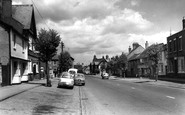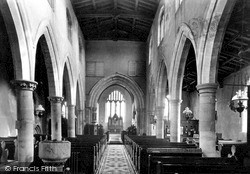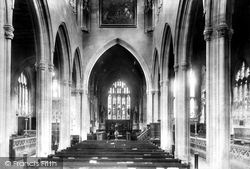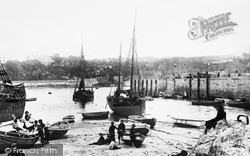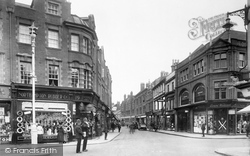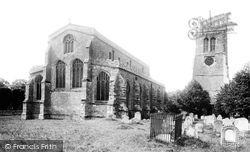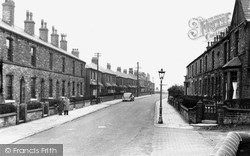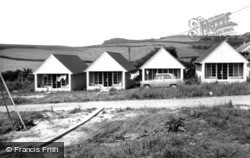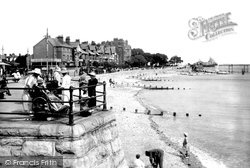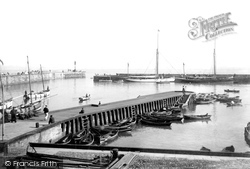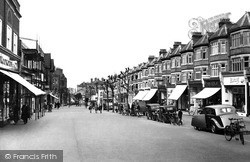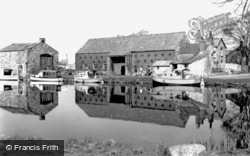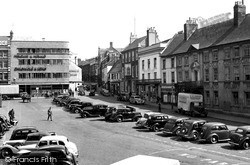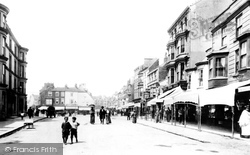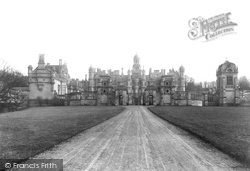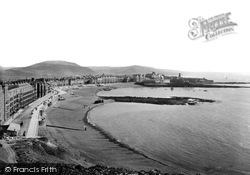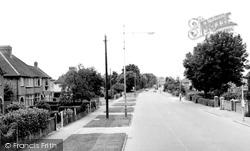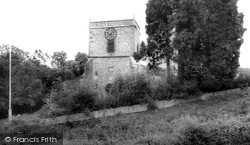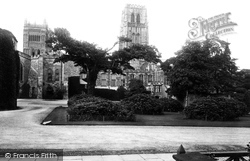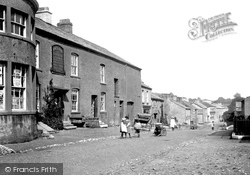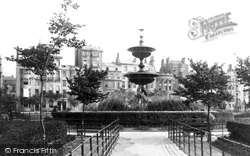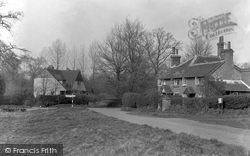Places
Sorry, no places were found that related to your search.
Photos
131 photos found. Showing results 621 to 131.
Maps
896 maps found.
Books
1 books found. Showing results 745 to 1.
Memories
542 memories found. Showing results 311 to 320.
I Was Schooled Here From 1961 Until 1968
I was a boarder at the convent. I started in the Autumn term before my 5th birthday and remember being put to bed in a large dormitory on the top floor, full of other children with a cubicle for a nun to sleep ...Read more
A memory of Bridport by
1970 1976
Hi Steve bilsby I have just signed up and reading all the comments really brought it all back NOT that we could ever forget the abuse we all went through! I was there between 1970- 1976. Do you remember major gray hitting us with the ...Read more
A memory of Barwick by
Early Memories Of Southwick
I was born in Steyning in 1954. My father was a police constable and at only 2/3 months old we moved to the 'police station' in Whiterock Place in Southwick. The station consisted of 2 large semidetached houses with large ...Read more
A memory of Southwick by
Tywyn Capel / Trearddur Bay
This is a view across Trearddur Bay, looking south - the beach is known in Welsh as Tywyn Capel. The house behind the beach is Glan-y-Môr built in 1889 and next to it is the Dune Mound which was the location of St.Ffraid’s ...Read more
A memory of Holyhead
When We Played In The Road
Gipsy Road in Welling where I lived as a child in the 1950's was a long one. It stretched from Okehampton Crescent near Bostall heath and woods at its north end, down to the Welling/Bexleyheath mainline railway and a short ...Read more
A memory of Wellings, The
New Park Road/ Gleneagel Stables
So many memories i don't know where to begin! I remember learning to ride at New Park Road Stables. The wooden stairs going up to the office above the stalls to book in. Vodka and Gin the greys, Cossack, Cherry ...Read more
A memory of Streatham by
White Bear Cottages, Fickleshole, Chelsham.
My Grandparents lived in one of the cottages attached to what is now the White Bear Inn. They appear on the Census of 1921 Walter Knight & Florence Knight. My Mother Sylvia Knight who was 3 at the time of the ...Read more
A memory of Chelsham by
Idyllic Childhood
In 1946 my parents, grandparents and other members of the family took Spenser House at the corner of Spencer and Constable roads to run as a guest house . the army had been there in wartime. My sister and I went to the Little ...Read more
A memory of Birchington by
After The War In Burnt Oak
Being conceived at the end of the war I don't have memories of it of course, but my late brother, my mum and sister had lots. The only street party I remember was the Queen's one in Mostyn Road where we all got a cup with ...Read more
A memory of Burnt Oak in 1953 by
Grandmother's House
I have so many fond memories of my grandmother's house. The house is on the left of the picture and has two bay windows and is painted white. As a child I would play with the turkeys which were kept in the stables at ...Read more
A memory of Royal Wootton Bassett in 1956 by
Captions
863 captions found. Showing results 745 to 768.
The basic fabric of the church can be no later than the end of the Early English period, around 1300. The elegant five-bay north and south arcades are witness to this date.
Inside, St James's Church has an air of newness; its five bays have wide arches and four-shafted slender piers. The panelled nave roof was restored in 1847, the same date as the chancel roof.
Temby is an exquisite fishing and resort town in Carmarthen Bay. It has a ruined castle, old stone walls, a bustling harbour, and just offshore, the romantic Caldy Island.
By the post-war period traffic had increased, so traffic lights were installed (see K13018, pages 52). The KICS (Co-op) drapery building with Jacobean bay windows can be seen down Newland Street.
Long before John Bunyan was born in the village, the son of a brazier or tinker, Elstow was known for its Benedictine nunnery founded in about 1075.
The stone-fronted houses match the shops with their sturdiness and `built to last` qualities.
The creators of Golden Acre Holiday Bungalows - as they are now called - proposed a relatively modest development of 18 such buildings.
This seaside resort and residential haven developed from the 1860s. Despite being continuous with Colwyn Bay, it preserves its own peaceful character.
The collection of moored open boats lying inside the jetty, and a few other small craft, make a strong contrast with the crowded waters inside an obviously busy harbour in the previous
This view looks north along Woodcote Road towards the railway bridge. The station is on the left, but is concealed by the distant shops.
Lancaster's beautiful canal, with its magnificent sea views of Morecambe Bay, was originally the vision of the factory owners of the locality, who were eager to connect their mills with the national canal
Much of this corner of the Market Place has changed since this photograph was taken.
Bridlington lies near the top of Bridlington Bay, its northern flank protected by the great headland of Flamborough some six miles distant.
Gregory Gregory, a bachelor, was probably responsible for as much of the design as his architects, Anthony Salvin and later William Burn, as it rose slowly throughout the 1830s and 1840s.
This is a very popular view of the town, showing the three bays separated by rock outcrops. The pier was built on one of these outcrops in 1865, only to be damaged in a storm the following year.
This view looking towards town captures well the flavour of interwar development along the Tring Road itself.
Lancaster's beautiful canal, with its magnificent sea views of Morecambe Bay, was originally the vision of the factory owners of the locality, who were eager to connect their mills with the national canal
The Church of St Andrew is special. In the centre is the original church of about 960, which consisted of a nave and chancel with choir stalls and an 1880 organ. The church extends in all directions.
Gregory Gregory, a bachelor, was probably responsible for as much of the design as his architects, Anthony Salvin and later William Burn, as it rose slowly throughout the 1830s and 1840s.
Further east, the photographer looks west towards the pier along what was then known as Gloucester Parade, now The Esplanade.
The work of building the cathedral can be attributed to several distinct periods.
The name of this historic village derives from the flatfish called 'flukes', caught off the shore in Morecombe Bay. There is a poster for cocoa in the window of the Co-op shop on the left.
The Steine, originally marshy ground, became the focus of early Brighton development as houses were built for the fashionable visitors.
Farley Green is situated towards the south end of Albury parish, and its fields are carved out of the surrounding greensand woods.
Places (0)
Photos (131)
Memories (542)
Books (1)
Maps (896)


























